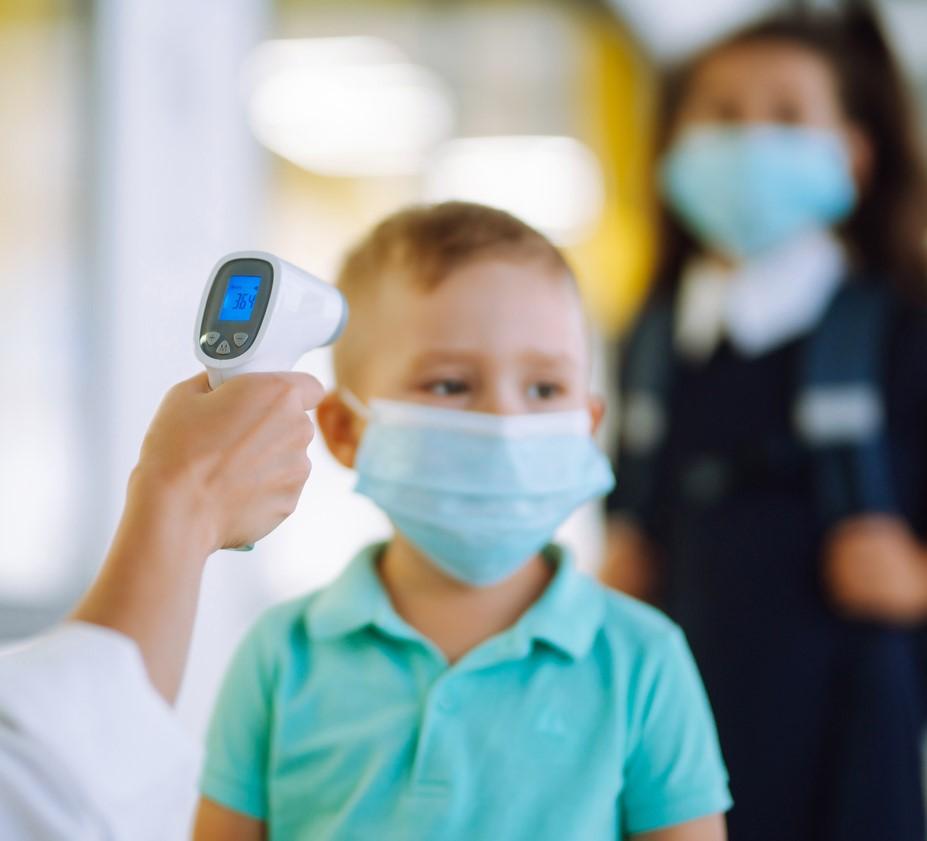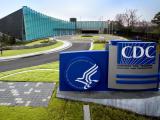The US Government Accountability Office (GAO) this week recommended 16 federal actions to shore up the US response to the country's ongoing COVID-19–related "catastrophic loss of life and profound economic disruption."
While noting that the federal government has extended more than $1.5 trillion of the $1.6 trillion earmarked for economic assistance to families, local public health systems, and private businesses, the GAO's Sep 21 report calls for the government and Congress to take additional steps as the country—already beleaguered by the coronavirus—also faces fall's hurricane and flu seasons.
The recommendations center on collecting reliable data to support decision making, establishing protocols for accountability and transparency, and preventing the hacking of patient information, intellectual property, public health data, and intelligence.
"If implemented, those suggestions have the potential to significantly improve the nation’s response to the current pandemic as well as strengthen preparations for future public health emergencies," Gene Dodaro, head of the GAO, said in a GAO news release.
Accountability, clarity
The GAO is an independent, nonpartisan government watchdog agency. The Coronavirus Aid, Relief, and Economic Security (CARES) Act, signed into law on Mar 27, mandates that the GAO provide bimonthly reports on its activities related to its oversight of federal pandemic-related actions. This is its third report.
To develop the recommendations, GAO officials reviewed data, documents, and guidance from federal agencies and interviewed federal and state officials, as well as industry representatives.
Key recommendations include:
Medical supply chain: To stabilize the US medical supply chain, which has relied heavily on foreign production, the Department of Health and Human Services (HHS) and the Federal Emergency Management Agency (FEMA), with help from the Department of Defense (DoD), should develop and communicate plans to address shortages of supplies such as personal protective equipment and testing materials, which have slowed testing turnaround times and complicated isolation and contact tracing efforts. The agencies should also boost states' ability to budget for, track, and plan for supply needs for the rest of the pandemic.
Contract obligation tracking: The Department of Homeland Security (DHS) and DoD need to ensure that the criteria for extending or closing a National Interest Action code in the Federal Procurement Data System-Next Generation reflect government needs for tracking contract actions during sustained emergencies such as the COVID-19 pandemic.
Coronavirus Relief Fund: The Office of Management and Budget and the Department of the Treasury should issue more guidance on auditing the Coronavirus Relief Fund, which provides aid to states and territories, to facilitate consistent and timely reports.
Data on racial health disparities: To better understand racial health inequities, the Centers for Disease Control and Prevention (CDC) should establish whether it needs congressional authority to mandate reporting of COVID-19 cases, hospitalizations, and deaths by race, as proposed in its Jul 22 COVID-19 Response Health Equity Strategy. It also should work with stakeholders to capture all data on demographics and long-term coronavirus health outcomes, as well as comprehensive nursing home data back to Jan 1.
Data security: HHS must act now against imminent and ongoing pandemic-related cybersecurity threats identified in the GAO's previous recommendations, including high-risk, health-related component agencies such as the Centers for Medicare & Medicaid Services, the CDC, and the Food and Drug Administration (FDA).
Economic impact payments: The Treasury and Internal Revenue Service need to better estimate how many of a potential 9 million taxpayers eligible for a stimulus check haven't received one and communicate to them how to file a claim.
K-12 schools: The CDC should ensure that its federal guidance on evaluating schools' operating status, aimed to ensure that schools comply with guidance on safe school buildings from public health agencies and education officials, is clear and consistent. In the GAO's Sep 21 Watchdog Report podcast, Jackie Nowicki, MPA, director of the GAO Education, Workforce, and Income Security Team, said that the CDC posted unclear and inconsistent guidance for safe in-person school instruction in late July on its website.
"In one example, the updated guidance doesn't recommend that schools conduct daily symptom screening for students, and it notes that some people are asymptomatic, so there are limitations to those kinds of screenings," she said. "However, guidance suggesting that they shouldn't open unless they were prepared to test staff and students each day still remained on the CDC's website several weeks later."
Vaccines and treatments: The GAO will evaluate the feasibility and effectiveness of the HHS and DOD strategy for distributing a COVID-19 vaccine, announced on Sep 16, and continue to assess federal efforts to accelerate the development and production of COVID-19 vaccines and treatments.
Nikki Clowers, MPA, managing director of the GAO Health Care Team, noted in the podcast that the typical timeline for vaccine development and large-scale manufacturing is 10 to 15 years. "What we're trying to do with COVID is bring that vaccine to development through manufacturing in what could really be measured in months rather than years," she said.



















